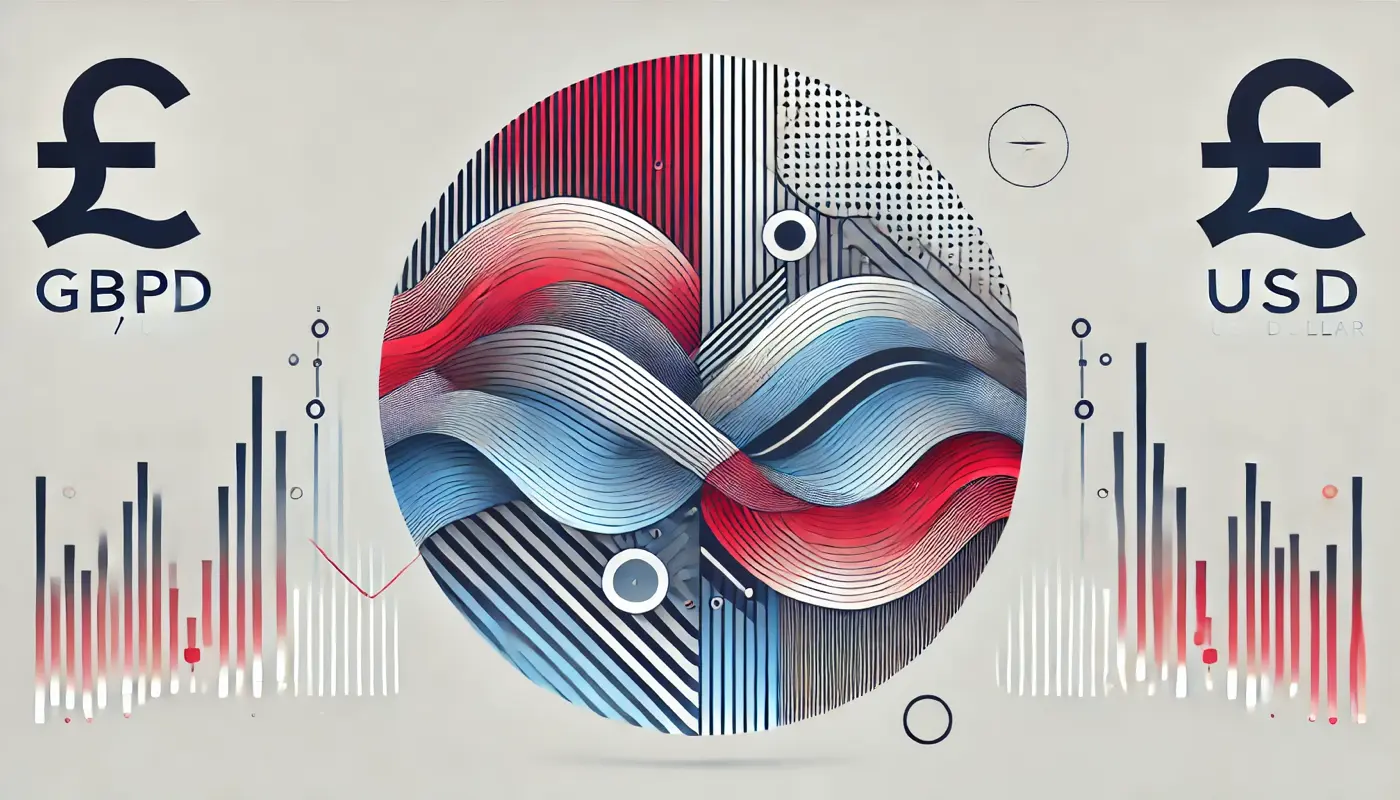Eurozone
The euro is strengthening against the pound but is losing ground to both the yen and the dollar. Recent inflation data are providing limited support: Germany's CPI rose 0.1% MoM and held at 2.1% YoY; harmonized EU CPI fell from 2.2% to 2.1%. In France, inflation dropped –0.1% MoM and to 0.7% YoY, both below ECB targets, while Spain’s inflation slipped from 2.2% to 2.0%. The downside is reinforced by the ECB’s dovish monetary stance: a pause in rate adjustments, already announced by policymakers, could exert further downward pressure on prices across the bloc.
United Kingdom
Sterling is weakening across the board, pressured by increased demand for safe-haven currencies after Israel's overnight strikes on Iran. Market participants are bracing for further escalation, curbing trading activity. Additional headwinds stem from disappointing macro data, including declines in manufacturing and employment as well as a worse-than-expected –0.3% contraction in April GDP (vs. –0.1% forecast). Analysts now project two further 25-basis-point rate cuts by the Bank of England, in September and year-end, bringing the policy rate to 3.75%.
Japan
The yen is appreciating against the euro and pound, but remains under pressure versus the dollar. Escalating Middle East conflict is fueling demand for the yen as a defensive asset, supported by Japan's persistently low interest rates, which minimize swap losses for long-term holders. However, the yen’s gains are tempered by weak macro indicators: April industrial production fell from 0.2% to –1.1% (slightly better than the –1.2% consensus), and the services PMI slid from 14.9 to –10.9. Additional pressure comes from the lack of a US-Japan trade agreement, with tariffs on Japanese exports potentially rising to 25% from July 8. The next bilateral meeting is set for mid-June, and Japanese officials remain hopeful for progress.
Australia
The Australian dollar is weakening versus the USD, JPY, EUR, and GBP. Risk-off sentiment and waning demand for high-yielding, volatile currencies have weighed on the AUD. Nevertheless, Australia remains relatively resilient among its peers: economic data are improving, and the Reserve Bank of Australia (RBA) has room for further rate cuts. According to Thomson Reuters/Ipsos, consumer sentiment jumped from 48.13 to 50.43 in June, returning to positive territory after two months below the 50 mark. Meanwhile, the government has offset 10% US tariffs by boosting exports of non-monetary gold, which is exempt from restrictions; Q1 exports of this commodity rose by $2.1 billion, with most shipments bound for the US.
Oil
Oil prices are attempting to hold above the $74.00/bbl mark amid heightened Middle East tensions. Following Israel's preemptive missile strikes on Iran, hydrocarbon prices surged over 13% within hours. Investors are increasingly concerned that reduced exports to China and India will strain the market’s ability to meet demand at current OPEC output levels. JPMorgan Chase & Co. analysts recently warned that a blockade of the Strait of Hormuz due to hostilities could propel short-term oil prices well above $100/bbl.

